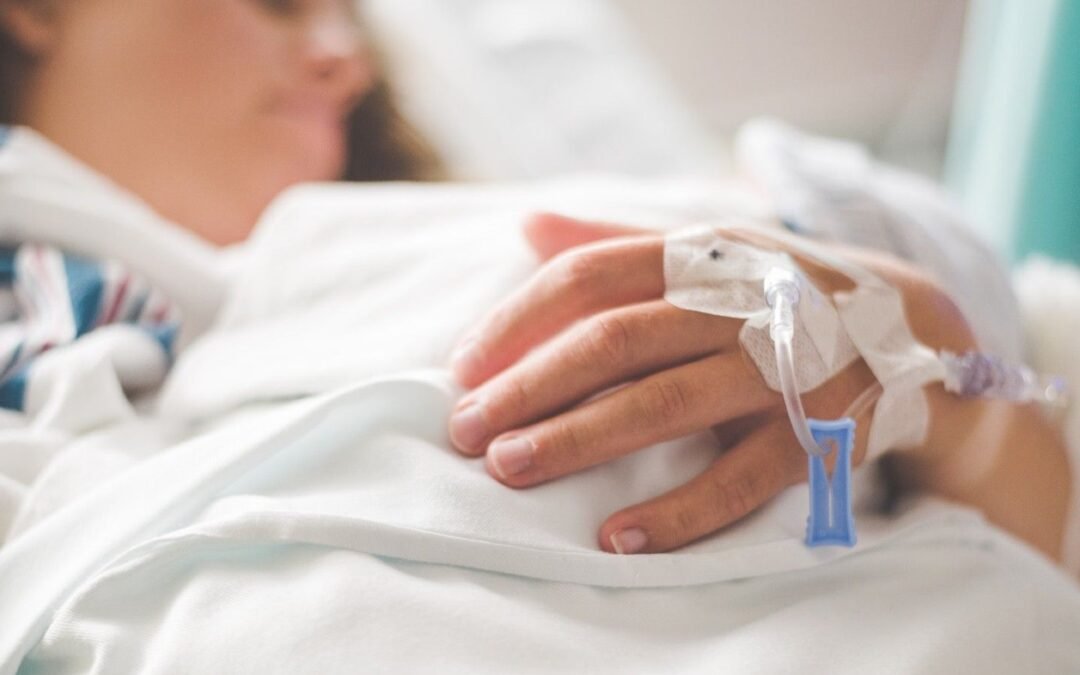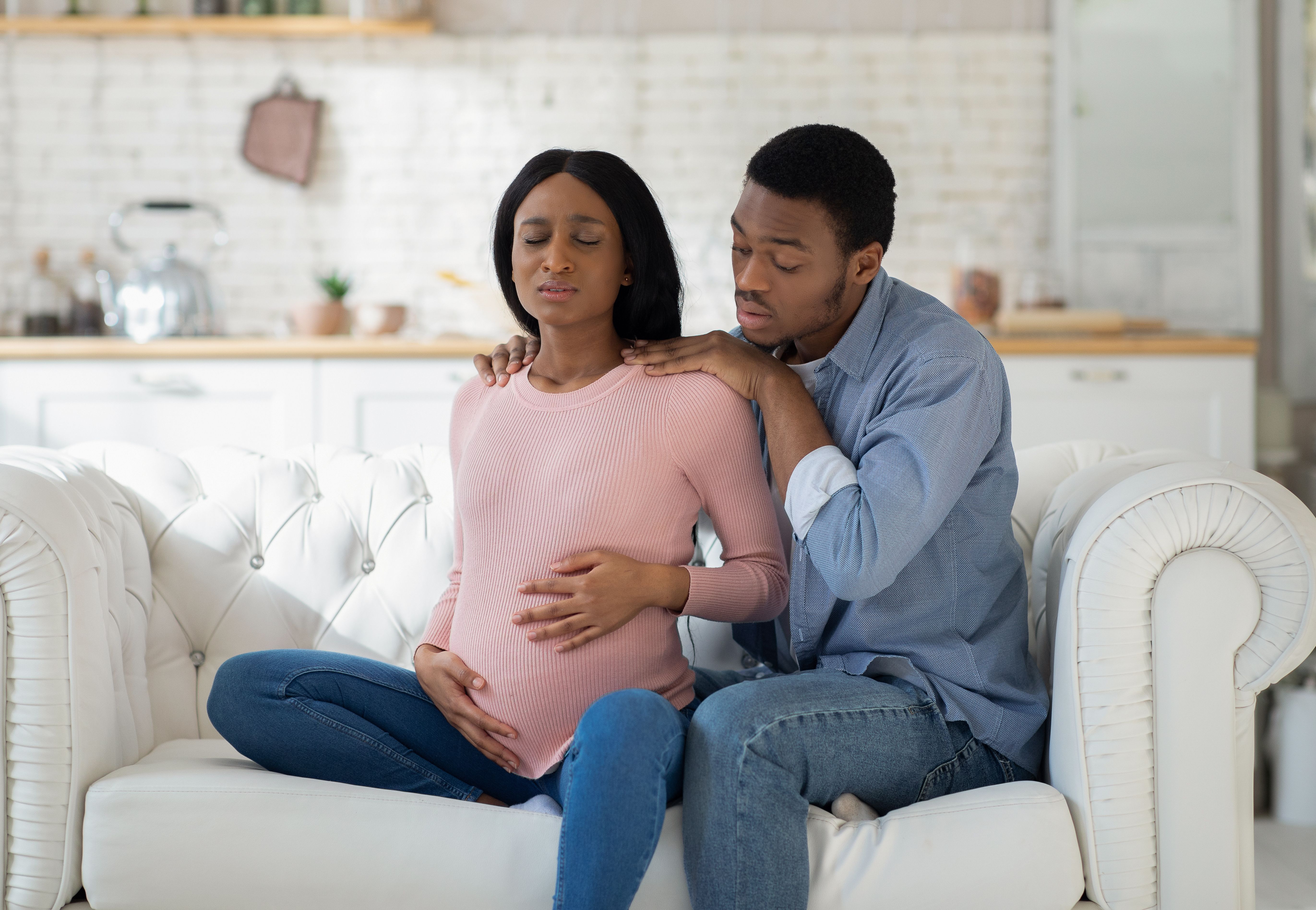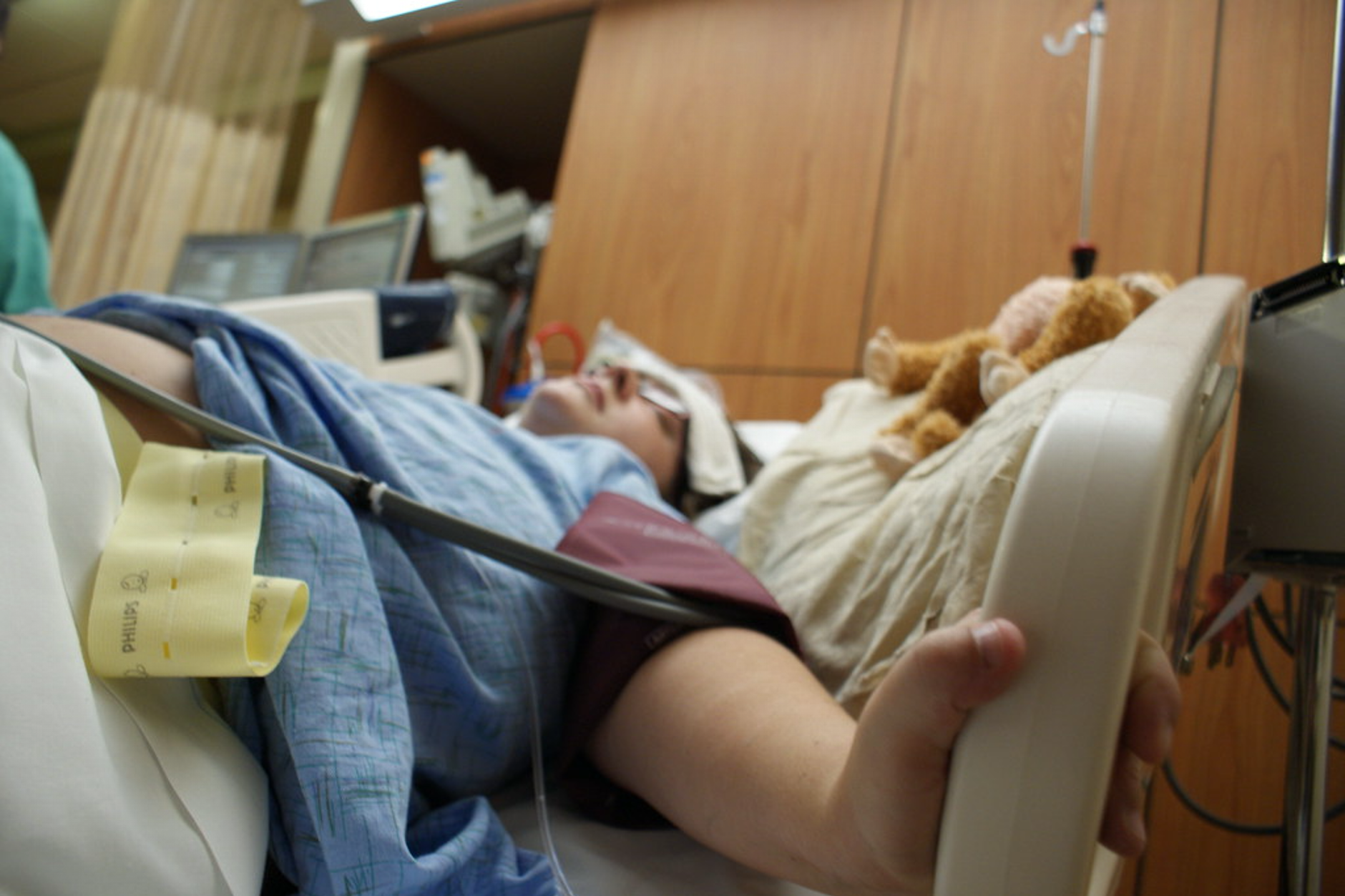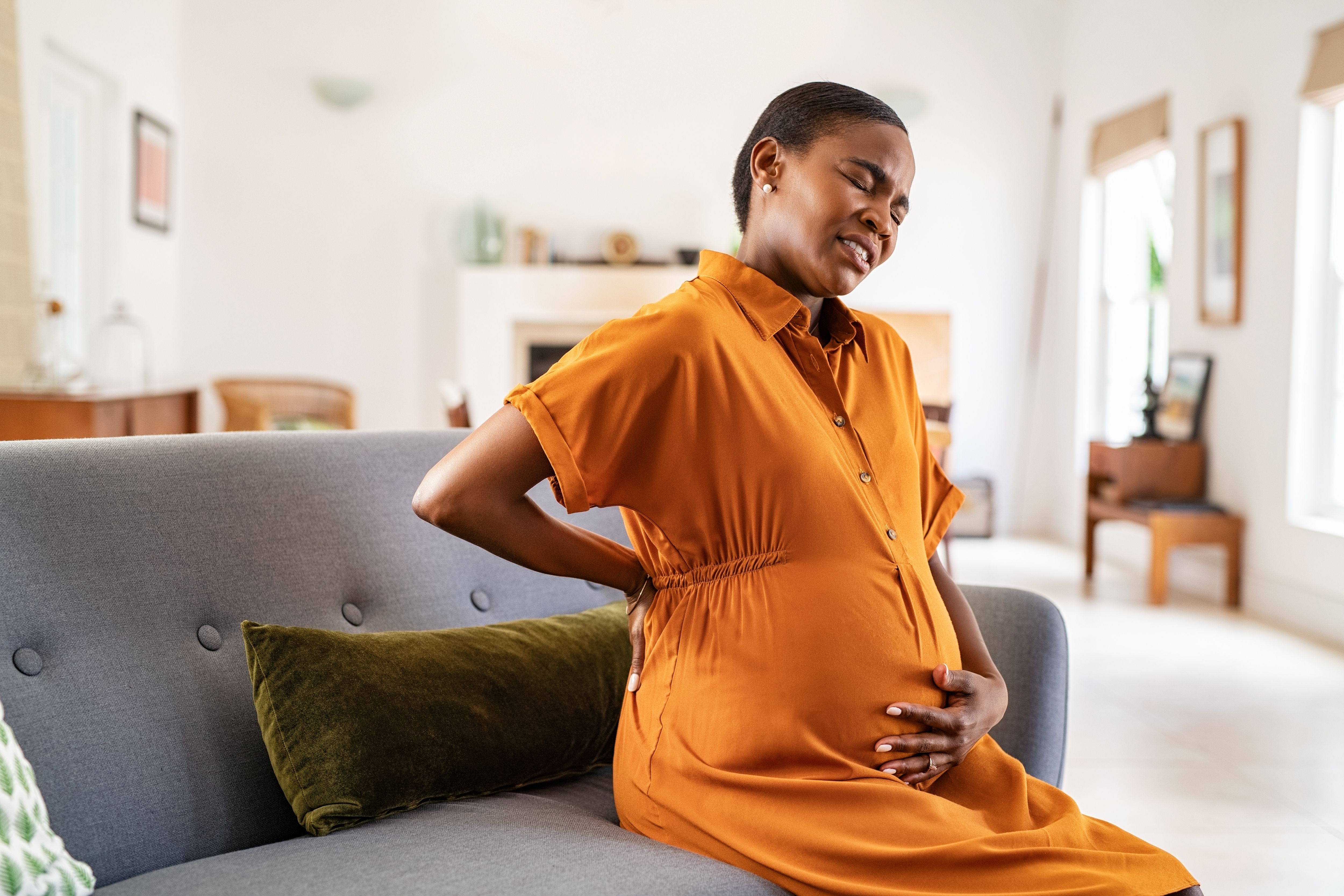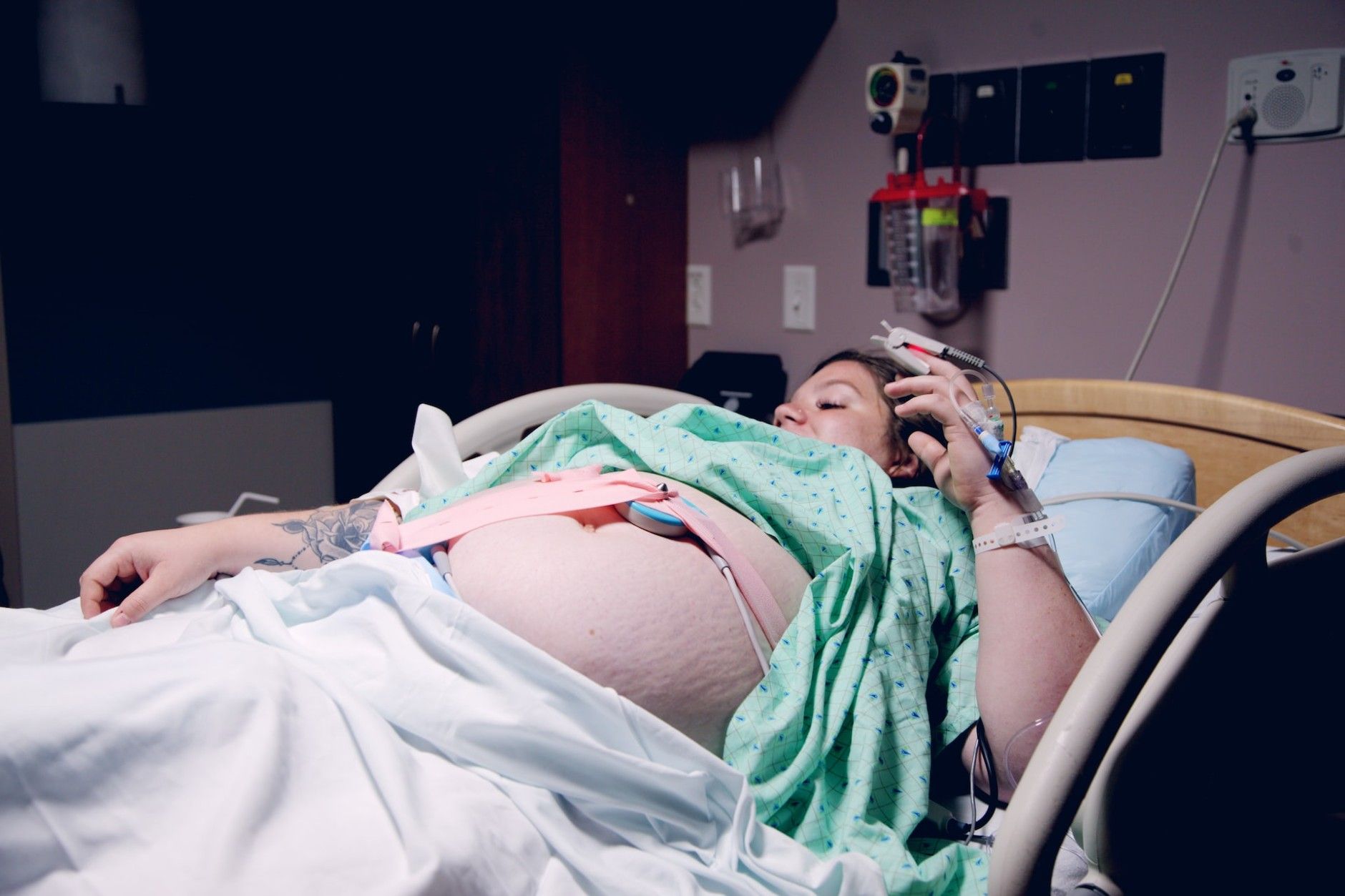[ad_1]
When the time nears for women to go into labor, there are fears about what will be experienced. This is because there is always talk about why it is a good thing that women do not remember the pain experienced during childbirth because they otherwise would not have more babies, how long the experience of labor takes, and the fear of birth injuries occurring.
These are all things that are fears because the reality of what most women experience during labor is not often talked about. This is why knowing what to really expect with labor pains is helpful so that women do not go into their labor and delivery experience afraid but instead excited to meet their babies once the process comes to an end.
Is there pain during the process of labor and delivery of a baby? Yes. Is it as horrible as it is sensationalized to be? Not generally. If it were, women would not be able to get through the experience of labor without taking pain medication. And those who do take pain medication would not be able to relax to the point of being able to deliver their babies with little to no pain. It should bring some relief to women as their pregnancy journeys come to an end as their bodies prepare themselves to go into labor to deliver their beautiful babies into the world.
Here is what to really expect with labor pains.
Pain Will Increase Over Time
There is a misconception that as soon as labor starts, the pain is instantaneous. In reality, many women do not even realize when they have started labor. This is because the pain felt with the process increases over time.
According to the March of Dimes, the pain that can first be felt by most women that lets them know they are in labor is when they are approximately six centimeters dilated. This means that until that time, women were feeling very little to nothing during the early stages of labor.
As such, the pain that is felt for labor does not happen all at once. It takes time to develop as women become more dilated. Meaning that it is not until active labor that labor pains are not felt by most women.
Labor Pains Only Happen For A Short Portion Of Labor Itself
According to the Cleveland Clinic, the average length of time that labor lasts is 12 to 24 hours for those having their first babies. It can be even less for those who have subsequent ones. But this is not the amount of time that labor pains will be felt. That is time is significantly less.
Labor is split into three stages. Those stages, per the publication, include early labor, active labor, and afterbirth. But it is during early labor when women’s bodies spend the most time, a time when much of the activity happening is not felt. As such, it is not until women get to the point of moving from six to eight and then eight to 10 centimeters that the pain is felt. Therefore, it is no coincidence that this is the time when women who choose to get epidurals do so.
Pain Can Be Felt In Different Areas Of The Body
Women may think that the only area where pain can be felt during labor is in the abdomen. However, the body as a whole can feel contraction pain. Something that can catch women in labor off guard when not prepared for what labor will feel like.
According to KidsHealth, pain during labor can be felt in several areas. Those areas include:
- Abdomen
- Groin
- Back
- Leg cramps
- Pain in the side
- Overall body aches
These are all normal ways for the body to process pain during labor, with some being more painful than others. But by breathing through the pain or using medical intervention so that pain is not felt, women will be able to get through the pain felt in labor much easier than anticipated.
Pressure Can Be Felt In The Back
It is not uncommon for some women to experience a majority of the pain or pressure in their backs during labor. This has to do with how babies are positioned, according to BabyCenter. And this can be more painful than abdominal pain felt by labor for most.
The reason for the pain in the back during labor, per the publication, is that babies’ heads are against the back. It could also be because babies are facing the abdomen.
Whatever the cause, those who experience back labor will feel the pains more intensely than those who have abdominal labor. And this may force those who wanted to have their babies without epidurals or other interventions to deviate from their original birth plans.
Women May Experience Nausea & Vomiting
Something that women may not be prepared for is that they can experience nausea and vomiting during labor. Conditions that can lead to stomach aches until it subsides.
According to Henry Ford Health, the reason that women may be nauseous or vomit during labor is that the digestive system slows down. It slows so that all the energy can be put toward delivering babies.
While it may not be fun to experience aches in the stomach caused by nausea, if women do have it and vomit, they may actually feel relief. And if not, per the publication, there are anti-nausea medications that can be given to decrease the symptoms being felt.
Source: March of Dimes, Cleveland Clinic, KidsHealth, BabyCenter, Henry Ford Health
[ad_2]
